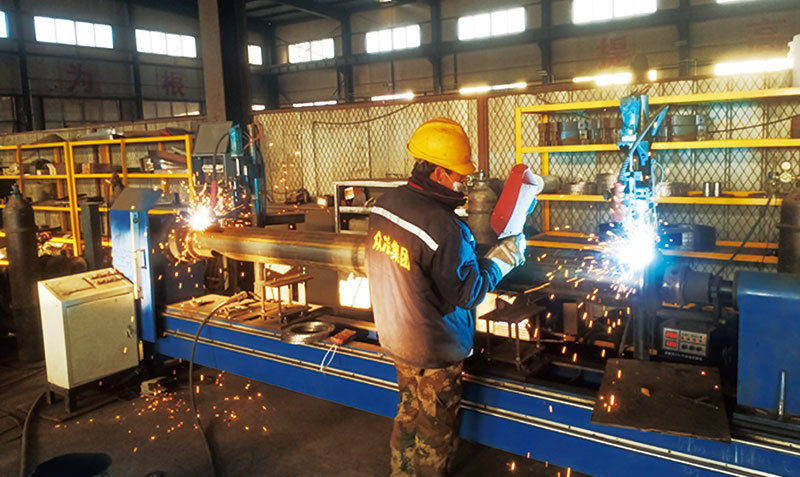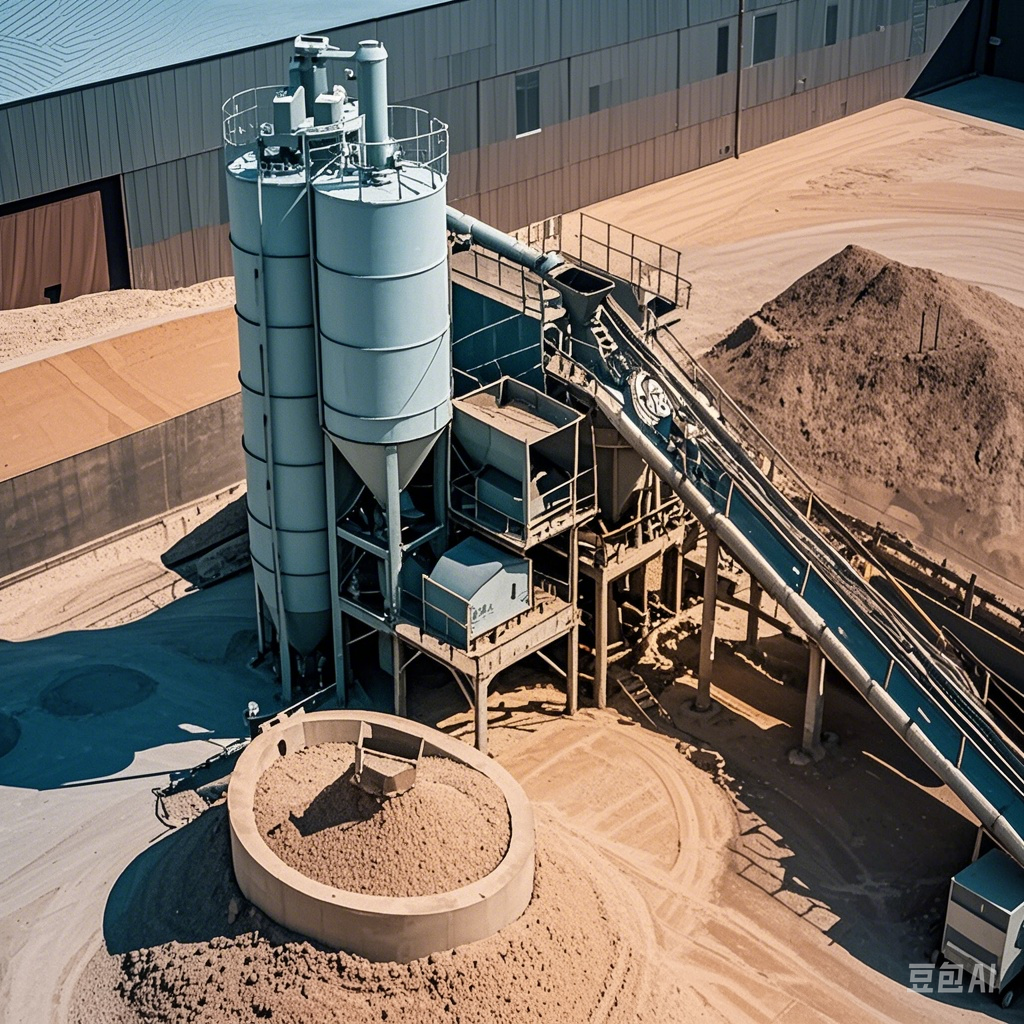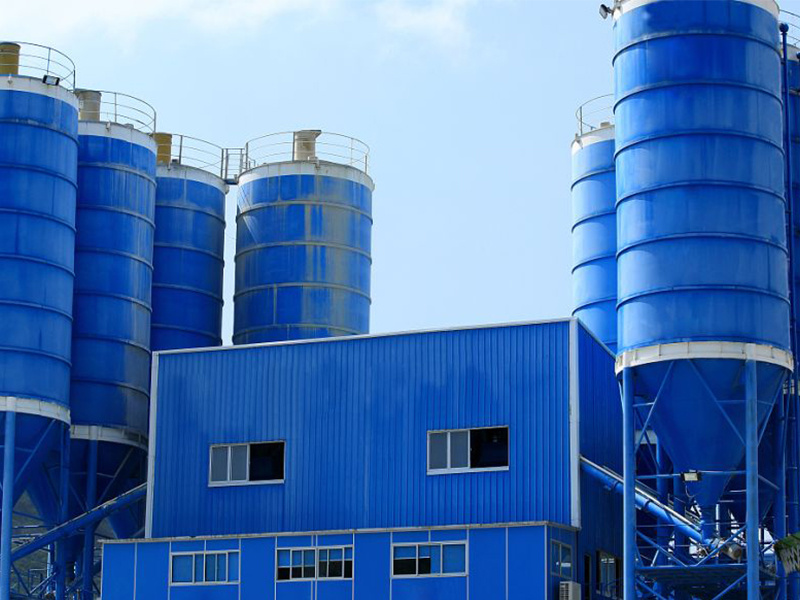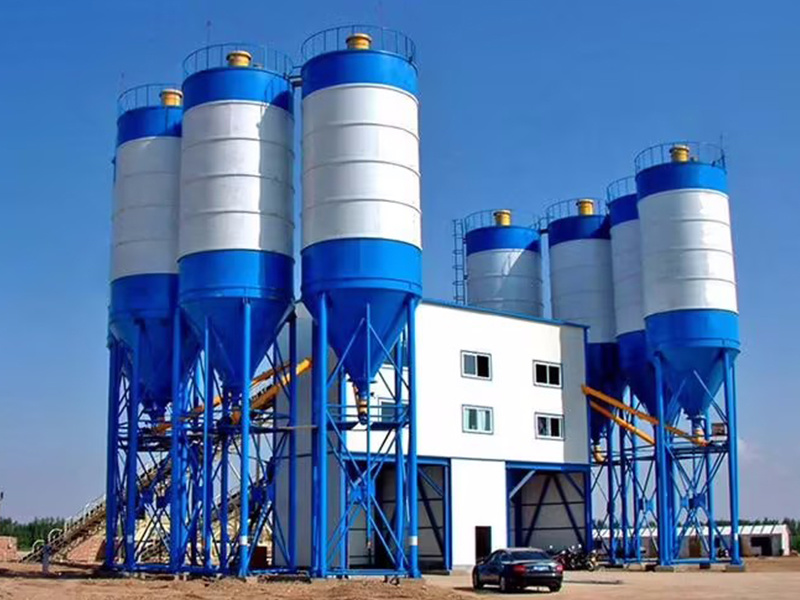01
2025
-
08
Concrete Mixers: Unveiling Their Working Principles
The Marvel of Concrete Mixers
When it comes to construction, one can't help but marvel at the unsung hero of the industry: the concrete mixer. This trusty machine plays a pivotal role in ensuring that concrete is mixed thoroughly and efficiently. But, have you ever wondered how it actually works? Buckle up, because we’re about to dive deep into the inner workings of this essential piece of equipment.
A Brief Overview of Concrete Mixers
First off, let’s get our terms straight. The Concrete Mixer (concrete mixer) is designed to combine various components like cement, water, and aggregates to produce concrete. It comes in various sizes and types, from small portable mixers to large stationary ones used in commercial projects. Regardless of the type, they all share a common goal: to deliver a homogeneous mixture that meets the construction specs.
How Does It Work?
Alright, let’s dissect the working principle of the concrete mixer. Essentially, its operation revolves around three key components: the drum, the mixing blades, and the motor.
1. The Drum
The drum is the heart of the mixer. It’s where all the mixing magic happens! The drum is typically tilted at an angle to facilitate the mixing process. When the drum rotates, it lifts the materials and drops them back down, ensuring they blend together seamlessly.
2. The Mixing Blades
Now, the mixing blades are where things get really interesting. These are usually designed in a spiral or paddle shape to maximize the mixing efficiency. As the drum turns, these blades propel the ingredients upward and then let them fall, creating a continuous mixing action. It’s like a dance, and the concrete is the star!
3. The Motor
Lastly, we have the motor, which powers the entire operation. Depending on the model, the motor can be electric or diesel. This powerhouse ensures that the drum spins at the right speed—fast enough to mix thoroughly but not so fast that it causes separation of the materials. It’s all about balance!
Types of Concrete Mixers
Now that we've covered the basics, let’s talk about the different types of concrete mixers available. There are generally two main categories:
- Batch Mixers: These mixers produce concrete in batches. They're perfect for smaller projects where precise control over the mix is necessary.
- Continuous Mixers: As the name suggests, these mixers operate continuously, making them ideal for larger construction sites where volume is key.
Each type has its own advantages and drawbacks, but they all rely on the same working principles we've just discussed. Isn’t that fascinating?
Advantages of Using a Concrete Mixer
Why go through the hassle of using a concrete mixer? Well, for starters, they save time and labor. Instead of mixing concrete by hand (which can be a real backbreaker), a mixer does the heavy lifting—literally! Plus, they ensure a consistent mix, which is crucial for structural integrity. And let’s not forget about efficiency; with a mixer, you can churn out concrete faster than you can say "Concrete Mixer"!
Conclusion
So, there you have it! The inner workings of a concrete mixer—an essential tool that makes construction projects possible. Whether you're a seasoned contractor or a DIY enthusiast, understanding the working principles of this machine can help you appreciate the art and science of concrete mixing. So next time you see a Concrete Mixer in action, you’ll know exactly what’s going on behind the scenes. Happy building!
混凝土搅拌机
Related News
Yantai Zhongye Leading Green Building Materials Development and Setting the Benchmark for High-Quality Concrete Mixing
Jan 23,2025
Vertical shaft mixer, concrete mixing station
Vertical shaft mixer has been more and more widely used in concrete mixing stations
Jul 30,2024
Concrete mixers and concrete batching machines are two kinds of machinery and equipment commonly used in the construction industry.
Jul 30,2024
YANTAI ZHONGYE EQUIPMENT AND MACHINARY CO.,LTD
WA:+86 19853565591
E-mail: barry@ytzymm.com
No.2 Guangdong Road, Haiyang Industry Park, Yantai City, Shandong Province






